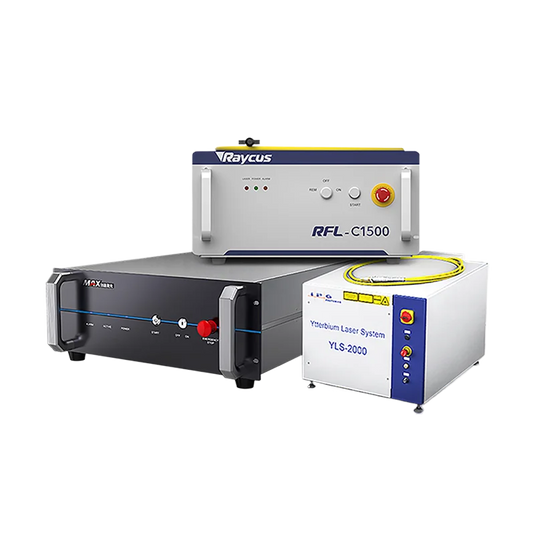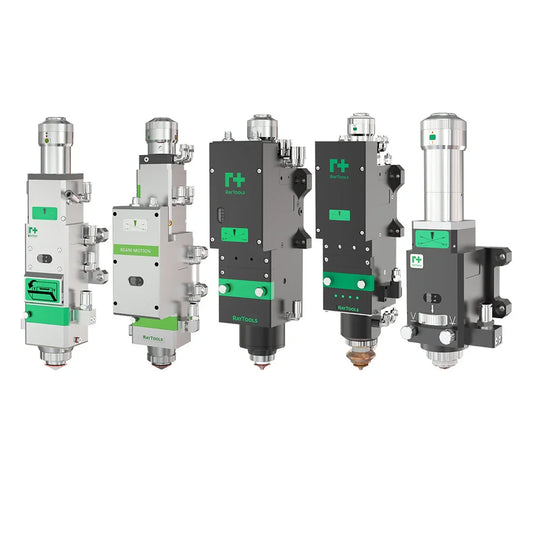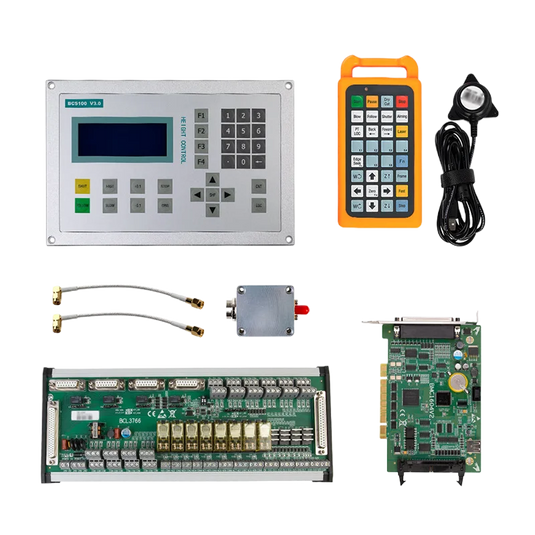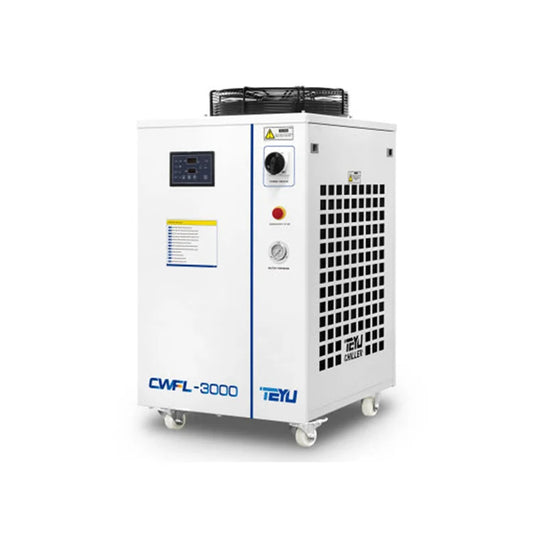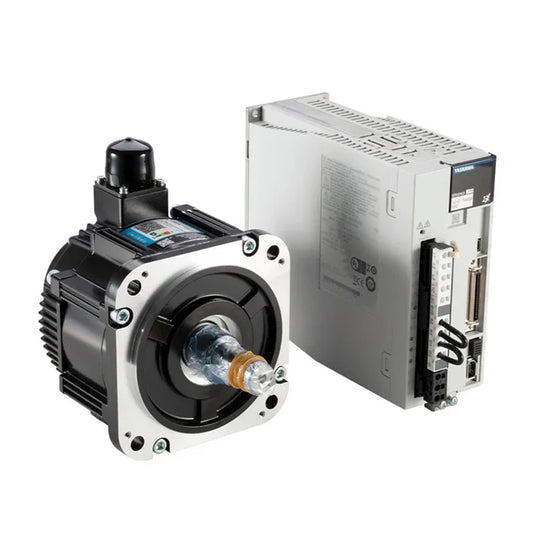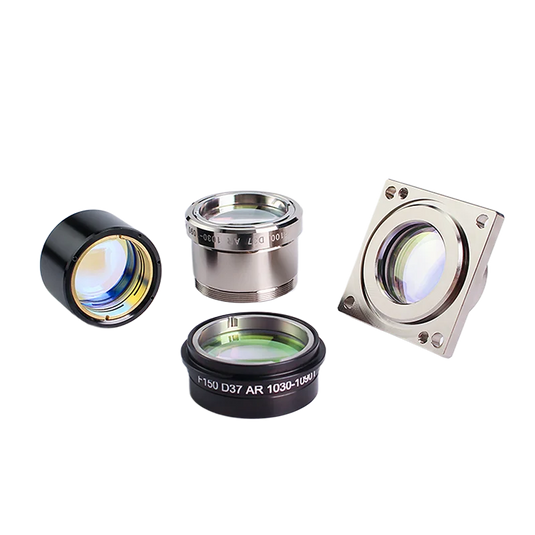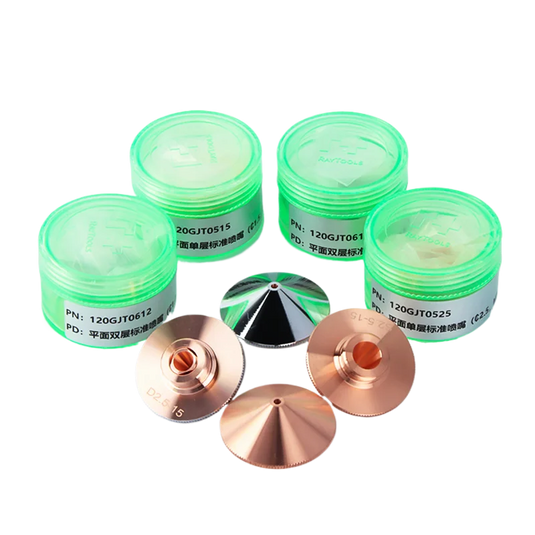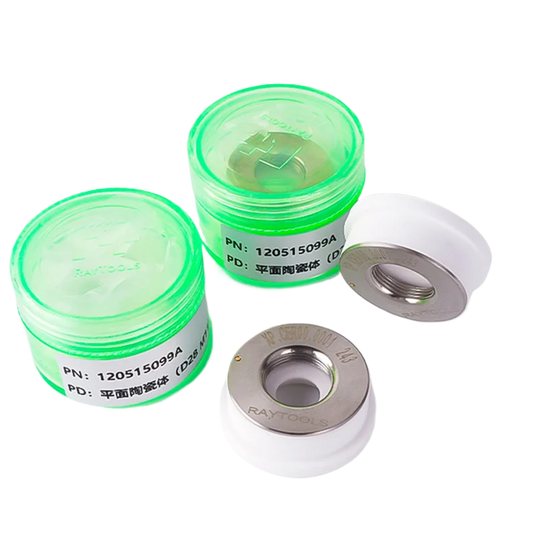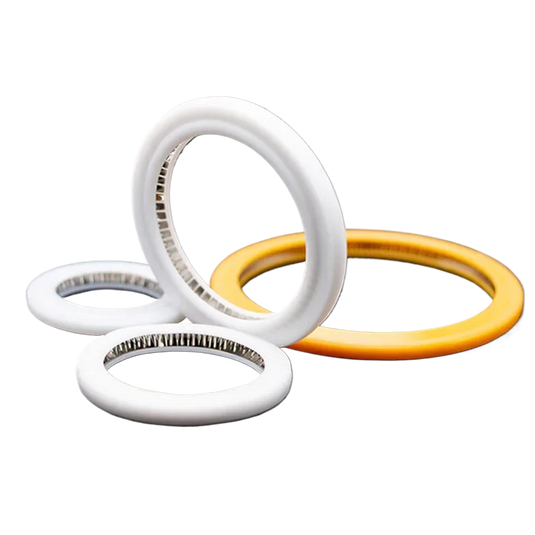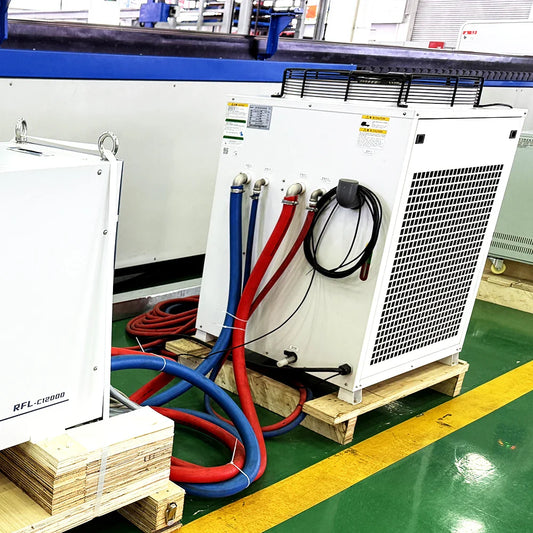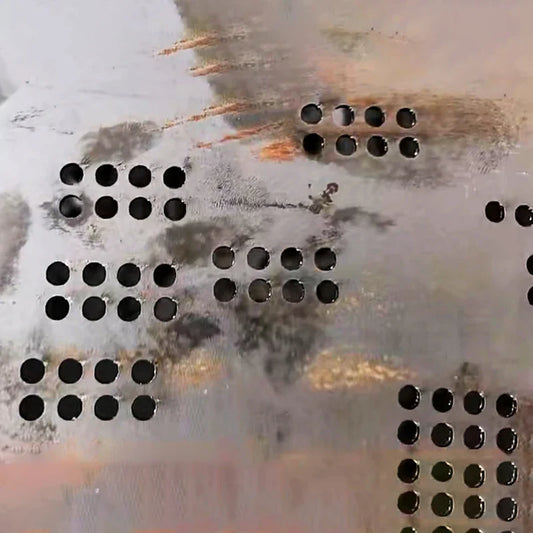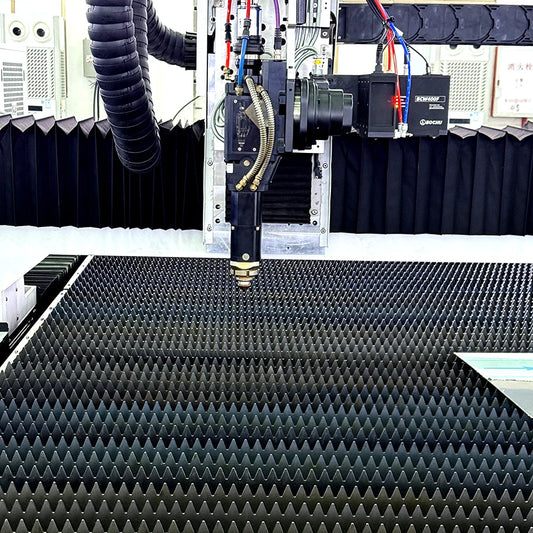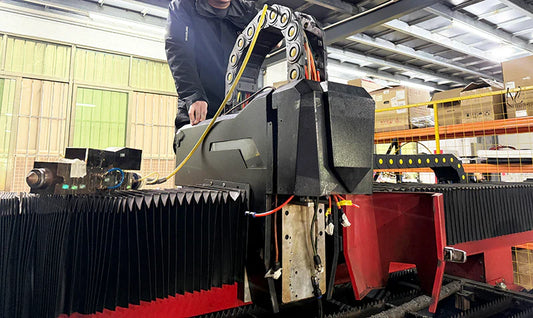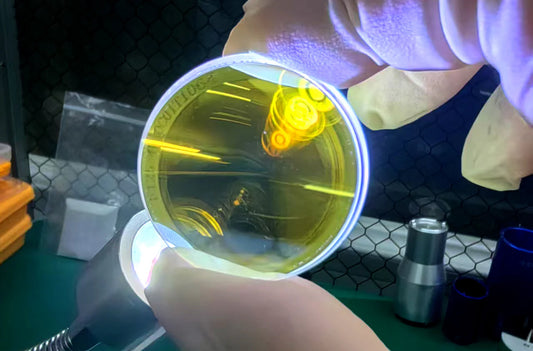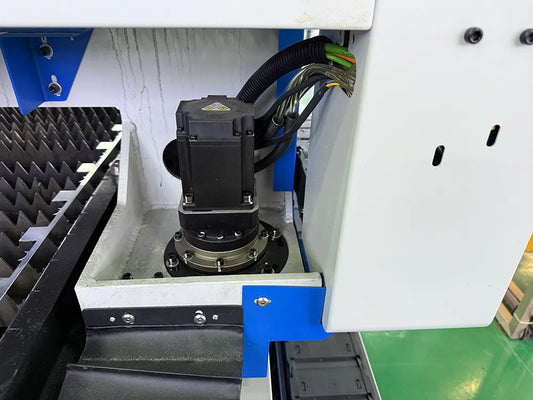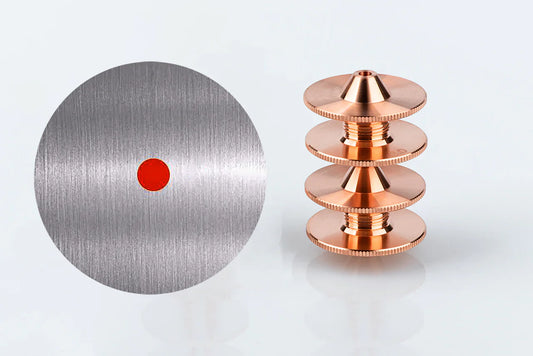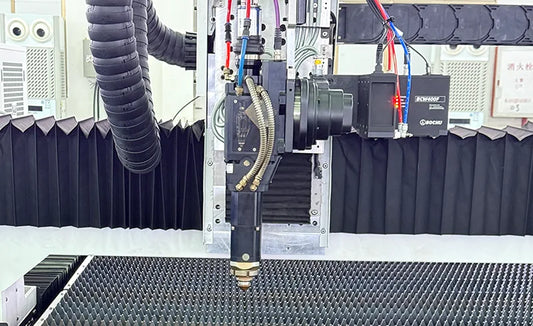Mechanical Failures in Fiber Laser Cutters: Gears, Sliders, and Reducers
Overview
Fiber laser cutters have become vital equipment in the fast-paced world of contemporary industry. From delicate engraving in the jewellery business to complicated metalwork in the automotive sector, these machines depend mostly on a sophisticated system of mechanical components to create the high-precision cuts needed for a wide range of applications. The unsung heroes of fiber laser cutters are the mechanical components like gears, sliders, and reducers. Together, they guarantee that the cutting head travels with perfect accuracy, transforming digital patterns into exactly-cut actual objects.

These components, however, suffer from the rigours of their use in high-use settings. They suffer constant stress, friction, and vibration day in and day out. Even little wear and tear might develop into major issues that disrupt the cutting process. Minor mechanical failures may at first glance seem insignificant, yet they can have far-reaching effects. For instance, an apparently minor gear problem could throw off the whole cutting path. Out gears can cause the cutting head to swerve off course, resulting in jagged or erroneous cuts. In addition to degrading the end product's quality, lost materials and rework drive higher manufacturing expenses. The smooth movement of the cutting head might also be hampered by misplaced sliders. Uneven cuts and less efficiency result from the cutting head jerking or moving unevenly. This can cut general output and slow down the manufacturing line.
Because of this, it is crucial to have a thorough awareness of frequent mechanical failures and to know how to fix them right away. It's not only about addressing issues as they arise; it's also about preserving the performance and lifetime of fiber laser cutters to keep your company profitably and efficiently running.
Failure 1: Tear on Gear
The workhorses driving fiber laser cutters' movement and operation are gears. They are in charge of moving power from the motor to different elements of the machine so that the cutting head may move with the necessary speed and accuracy. But gears wear out over time due in large part to their continuous meshing and unmeshing as well as the high-stress environment.
Problems
- The appearance of jagged or unequal cuts is among the most evident and tell-tale indicators of gear wear. The smooth transmission of power is hindered when gears start to wear. The cutting head thereby loses its constant, straight-line motion. Rather, it could jolt or stray from the intended course, producing rough-edged or crooked cuts. This is particularly evident when cutting tiny objects or when highly exact cuts are needed.
- Another often occurring complaint is the appearance of strange or grinding sounds during operation. The gears' teeth wear down and either get damaged, uneven, or even chip. The teeth become more abrasive as a result, resulting in a grinding sound. In your workshop, you want not to hear this since it is quite obvious that the gears are malfunctioning. Should you observe this noise, it is imperative to look into it further to stop more major damage.
Solutions
- It is best to replace worn-out gears when possible. Still, it's not as easy as simply substituting one gear for another. The replacement gears must be exactly matched for the particular model and specs of your fiber laser cutter. Varied machines have varied gear needs; hence employing the incorrect gears might cause much more issues. Usually, the manufacturer or a reliable part seller will have the right replacement gears available.
- Lubrication is critical once the gears have been replaced. Reducing the friction between the gears and the tracks depends on lubricating the tracks. This not only smooths the movement but also stops further wear and tear. There are several kinds of lubricants on the market, thus it's crucial to apply the one the manufacturer of the machine advised. Some lubricants provide superior protection and longer-lasting performance, especially for high-stress uses like fiber laser cutters.
- Apart from lubrication, complete track cleaning is crucial. During cutting, metal shavings and trash could gather on the tracks. The gears and other components may wear more quickly as a result of these particles acting as sandpaper. Clear the trash with a dry, clean cloth. Use a specifically designed cleaning solution safe for the materials used in the tracks for more persistent dirt or grime. To guarantee a debris-free environment for the gears to operate in, make sure you clean every nook and cranny.
Failure 2: Slider Alignment
The cutting head's precise and smooth movement along the rails is made possible by sliders. They serve as guidance to make sure the cutting head moves exactly where it is needed to go. Sliders can throw off the whole cutting process, though, when they get misaligned.
Problems
- Often the cause of slider misalignment is loose couplings. Over time, the machine's constant vibrations help to progressively free the connections. Misalignment results from unstable connection between the slider and the rail when the couplings are loose. This can make the slider move wildly, therefore influencing the cutting head's position.
- Another often occurring source of slider misalignment is bent rails. A number of factors can cause rails to bend, including long-term stress, faulty installation, or inadvertent accidents. The slider cannot travel smoothly along non-straight tracks. It could become stuck or move unevenly, causing the cutting head to veer off course. Poor quality items and erroneous cuts can follow from this.
Solutions
- Aligning the sliders calls for both accuracy and appropriate tools. Accurate slider alignment can be first measured with dial indicators. Highly precise measuring tools, dial indicators can find even the smallest misalignment. One can ascertain the degree and direction of the misalignment by making several measurements at several positions along the slider.
- Carefully adjust the slider's position depending on the measurements until it is exactly aligned with the rail. This could call for utilizing shims to make little changes or loosening and re-tightening bolts. Tighten the couplings to the advised specs using a torque wrench after the slider is in the right position. By guaranteeing that the couplings are tightened to the correct force level, a torque wrench helps to avoid their going loose once more.
- Often, the best approach is to replace bent rails. Bent rails cannot be straightened satisfactorily; hence trying to correct them could cause more issues. New rail installation guarantees that the cutting head can remain accurate and that the sliders may glide without problems. Select rails that are compatible with your fiber laser cutter, and carefully adhere to the installation guidelines.
Failure 3: Reduce Vibration
In fiber laser cutters, reducers help to regulate motor speed and torque. They are absolutely essential to guarantee that the cutting head travels with the appropriate force and speed. On the other hand, the cutting quality may be much affected if the reducer vibrates.
Problems
- One of the most noticeable indicators of reducer vibration is wavy cuts. The cutting head experiences vibrations from the reducer, causing it to move unevenly. The cutting head generates a wavy pattern rather than straight, clean cuts. This is especially clear when cutting long, straight lines or on materials that call for great accuracy.
- Another obvious clue of a reducer's malfunction is too much noise. It's a red flag if you hear odd thumping, shaking, or rattling from the reducer region. These sounds suggest that something is wrong inside the reducer and could be the result of a number of issues, including faulty backlash, worn-out bearings, or loose components.
Solutions
- Checking the mounting bolts is the initial step in addressing reducer vibration. The reducer may wobble under loose mounting bolts. Tightening the bolts to the proper specs with a torque wrench will help. This will lower vibrations and assist to fix the reducer in place. Check all of the mounting bolts; even one loose bolt might lead to issues.
- Following manufacturer recommendations is crucial to recalibrating the backlash following bolt tightening. The clearance between the gears in the reducer—that is, backlash—defines whether the backlash is either too great or too tiny. Following manufacturer recommendations will help you to change the backlash to the proper degree, so guaranteeing flawless operation and raising the cutting quality.
Failure 4: Ball Screw Backlash
Essential component of the mechanism of the fiber laser cutter, ball screws translate rotating action into linear motion. They control the exact cutting head movement in the Z-axis (up and down) as well as occasionally in other axes. But backlash in the ball screw could cause erroneous cuts and positioning problems.
Problems
- Ball screw backlash mostly results from worn ball bearings. The ball bearings suffer over time from persistent friction and excessive use. The clearance separating the ball screw from the nut rises as the bearings degrade. This additional space allows for movement that is not taken into consideration in the control system, resulting in backlash.
- Moreover, greatly aggravating this issue is insufficient lubrication. Reduction of friction between the ball bearings and the ball screw depends on lubrication. The bearings wear out faster since they suffer more friction without enough lubrication. This then causes more major pushback and a decline in cutting accuracy.
Solutions
- The first thing to do is to replace the ball bearings if you believe they are worn. Select fresh ball bearings for your ball screw that fit the needed type and size. Usually, the manual of the machine or the manufacturer's contact will provide the accurate specifications.
- Apply high-viscosity oil following bearing replacement. Excellent lubrication and less friction between the bearings and the ball screw come from high-viscosity grease. This raises cutting precision and helps to reduce reaction. For best performance, equally distribute the grease along the bearings and the ball screw.
Preventive Measures
Every Three Months Lubrication
One proactive approach to stop mechanical failures is to have all mechanical components lubricated quarterly. To run smoothly, gears, sliders, reducers, and ball screws all depend on correct lubrication. You can lower friction, lessen wear and tear, and increase the lifespan of these components by periodically lubricating them.
Apply the lubricants the maker of the machine advised. It's crucial to use the correct lubricant for each item because different components may call for different kinds. For instance, although sliders may need a lubricant with good anti-stick qualities, some gears may need a high-pressure lubricant to survive the great forces during operation.
Aligning Checks
Maintaining the accuracy of your fiber laser cutter depends on consistent alignment tests. To check the alignment of sliders and other moving components, use alignment instruments like dial indicators. Misalignment can result in incorrect cuts as well as early wear and tear on the components.
You can spot and fix issues before they become serious ones by checking the alignment frequently. Take quick action to correct the components if you observe any indicators of misalignment, including odd noises or unequal cuts. This will guarantee exact movement of the cutting head and great quality of the cuts.
Vibration Monitoring
One clever approach to find early wear or misalignment on mechanical components is to monitor them using vibration sensors. Even the smallest vibrations brought on by misaligned reducers, worn-out gears, or other mechanical faults can be detected by vibration sensors.
Monitoring the vibrations allows you to act proactively before the issue gets more serious. Should the vibration sensor identify a rise in gear-area vibrations, for instance, you can check the gears for wear and replace them if needed. Over time, this will help you prevent eventually expensive repairs and downtime.
Keep Your Operations Running Smoothly with Pendstar!
As a trusted leader in laser cutter parts and consumables for 20+ years, we deliver 100% genuine original replacements with 3-day shipping from our global warehouses. Partnered with RAYCUS, BOCHU, MAX, WSX, and other 30+ top brands, we guarantee compatibility, quality, and rapid solutions for every repair. Whether you’re in the USA, Germany, Italy, Turkey, Brazil, or elsewhere, our localized service teams provide on-site maintenance or remote diagnostics 24/7.
Need urgent support? Contact our local teams now or schedule a online consulation.
Shop Reliable Parts Today → | Get Expert Help →
Backed by 20 Years of Laser Expertise – Your Trusted Partner in Precision Cutting Solutions.
Conclusion
Maintaining the operation of your fiber laser cutter depends mostly on proactive maintenance. You may see potential issues early on and fix them before they become significant issues by frequently examining, lubricating, and aligning components, as well as keeping an eye on vibrations.
This prolongs the lifetime of your machine and helps to keep its cutting accuracy. By lowering the need for regular repairs and hence limiting production downtime, a well-maintained fiber laser cutter will save you time and money over time. Proper maintenance of the mechanical components helps you to guarantee that your fibre laser cutter runs at its optimum, regularly producing high-quality cuts and satisfying your production requirements. Thus, give preventative maintenance top attention in your workshop; the results will be a dependable and effective fibre laser cutter.

